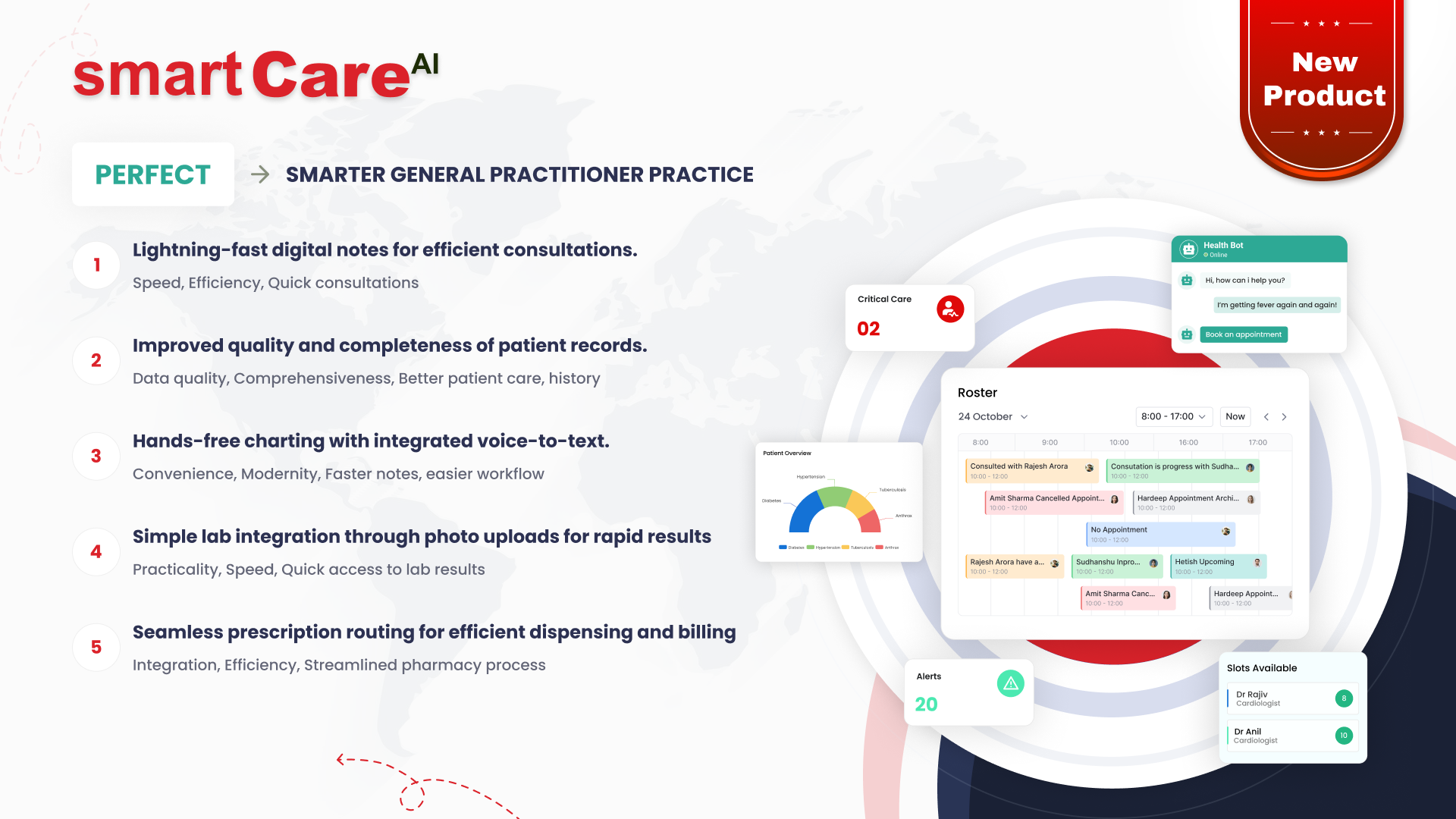
Posted On April 17, 2025
How Blockchain Can Enhance Data Security in Digital Health Solutions
In today’s digital age, data security is a top priority—especially in healthcare. With sensitive patient information stored and shared across systems, any breach can have serious consequences. Blockchain technology is emerging as a powerful tool to tackle these concerns by offering a secure and transparent way to manage digital health data.
What Makes Blockchain a Secure Choice for Healthcare Data?
Blockchain works like a digital ledger. Once data is added, it’s extremely difficult to change or delete it without permission. Each record is linked to the one before it and encrypted, forming a “chain” of secure information. In healthcare, this means patient data, treatment history, or medical reports can be safely stored and tracked—reducing the risk of tampering or unauthorised updates.
How Blockchain Prevents Unauthorised Access to Health Records
Unlike traditional databases, where access is often controlled by a single party, blockchain is decentralised. This means no single person or organisation controls the data. Every access attempt must be verified and logged. Healthcare providers can control exactly who has permission to view or update specific records, offering an extra layer of protection against data leaks or misuse.
The Role of Blockchain in Protecting Patient Privacy
Patient privacy is a critical aspect of healthcare, and blockchain supports this by using encryption and unique digital identities. Only authorised users can access sensitive data, and even they see only what they are allowed to. This ensures patients’ personal details remain private, while still allowing doctors and specialists to view relevant medical information when needed.
Why Blockchain Helps Build Trust in Digital Health Systems
Trust is essential in healthcare, especially when dealing with digital tools and platforms. Blockchain provides a transparent and traceable system. Every action taken—whether it’s a doctor updating a prescription or a lab adding test results—is recorded and visible to those with access. This level of accountability makes it easier for patients and providers to trust the system and each other.
How Blockchain Tracks and Verifies Every Data Change
Blockchain creates a time-stamped record of every transaction or change, known as an audit trail. This feature is incredibly useful in digital health, where data accuracy and consistency matter. For example, if a diagnosis or medication is updated, blockchain records when and by whom the change was made. This helps prevent errors and ensures data integrity across the entire system.
Decentralisation: A Key to Reducing Data Breaches
One of the most significant advantages of blockchain technology is decentralisation. Unlike traditional databases that store information in a centralised location, blockchain distributes data across a network of nodes. This makes it extremely difficult for cybercriminals to compromise the system. If one node is attacked, the data remains safe on other nodes, reducing the risk of large-scale breaches. In healthcare, where sensitive patient information is constantly exchanged, decentralisation provides an added layer of protection.
Using Smart Contracts to Manage Health Data Access
Smart contracts are self-executing agreements built into blockchain technology. In digital health, they can automate and enforce rules around who can access patient data and under what circumstances. For instance, a smart contract can allow a doctor temporary access to specific health records, and automatically revoke access after a set time. This approach ensures data is shared securely and only with the appropriate parties, improving both privacy and efficiency.
How Blockchain Ensures Transparency in Health Data Sharing
Transparency is crucial in healthcare, especially when multiple providers are involved in patient care. Blockchain records every transaction or change in data in a time-stamped, immutable ledger. This allows healthcare professionals to track who accessed or modified data and when it happened. Such visibility not only builds trust between providers and patients but also helps identify any unauthorised access or unusual activity quickly.
Real-World Examples of Blockchain Securing Healthcare Data
Several health organisations and start-ups have already adopted blockchain to secure their systems. For example, Estonia has integrated blockchain into its national health records system, enabling secure and transparent access to patient data. In the US, companies like BurstIQ and Medicalchain are using blockchain to manage medical data and consent-based access, showing real-world success in improving data integrity and privacy.
Can Blockchain Future-Proof Digital Health Security?
As digital health solutions continue to evolve, so do the threats targeting them. Blockchain offers a scalable and robust framework that can adapt to future needs. With increasing reliance on telemedicine, wearables, and remote patient monitoring, securing health data has become more complex. Blockchain’s architecture provides a foundation that can support secure, trustworthy, and decentralised digital health ecosystems for years to come.
Conclusion
Blockchain is more than a buzzword in healthcare—it’s a powerful tool for enhancing data security, ensuring privacy, and maintaining transparency in digital health solutions. As the demand for secure and interoperable systems continues to rise, blockchain offers long-term benefits that traditional technologies may not match.
Ready to build secure and future-ready digital health solutions with our expert team?
Visit smartdatainc.com and let’s get started.
